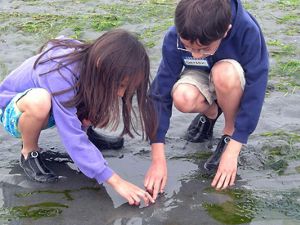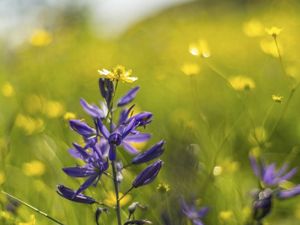Please note: The preserve is closed annually during hunting season (October 15th to February 15th) for visitor safety. Group-led tours permissible by reservations only.
Interested in seeing the beauty of Port Susan Bay? Please contact the reception desk at the Seattle office, washington@tnc.org or (206) 436-6200 (hours Monday-Friday 9 am-5 pm) at least one week in advance to make your reservation. Visitors will be required to complete and submit a liability form prior to their visit. Forms can be submitted via email to washington@tnc.org or via mail to 74 Wall Street, Seattle, WA 98121.
Conservation Actions
The Nature Conservancy owns the 4,122-acre Port Susan Bay Preserve, which encompasses much of the Stillaguamish River estuary. The property is managed in a way that benefits the vibrant estuary system and its salmon, birds and other wildlife.
The Nature Conservancy also completed the Port Susan Bay Estuary Restoration Project to restore 150 acres of tidal marsh in the Stillaguamish River estuary. An outer dike was removed and an inner dike redesigned to provide greater protection for neighboring farmlands during floods, and improve the ability of fish caught in flood waters to return to the natural system.
Now, native tidal-wetlands that support estuary-dependent animals are in better condition, juvenile chinook salmon have access to restored rearing habitats, and the stronger connection between the river and tidal habitats in the northeastern portion of Port Susan Bay will improve the resilience of the bay and estuary to sea level rise. Healthier tidal wetlands mean more food in the system for salmon, Dungeness crab, gray whales…and people.
Conservation Context
The Port Susan Bay Preserve is part of a larger landscape that is important for both wildlife and people. A collaborative, non-regulatory Marine Stewardship Area has been proposed for the entire Port Susan Bay and nearby uplands. You can read more on the Snohomish County Marine Resources Committee website.
This preserve has been the site of recent restoration actions to benefit juvenile salmonids and other wildlife. See the factsheet for more information.



